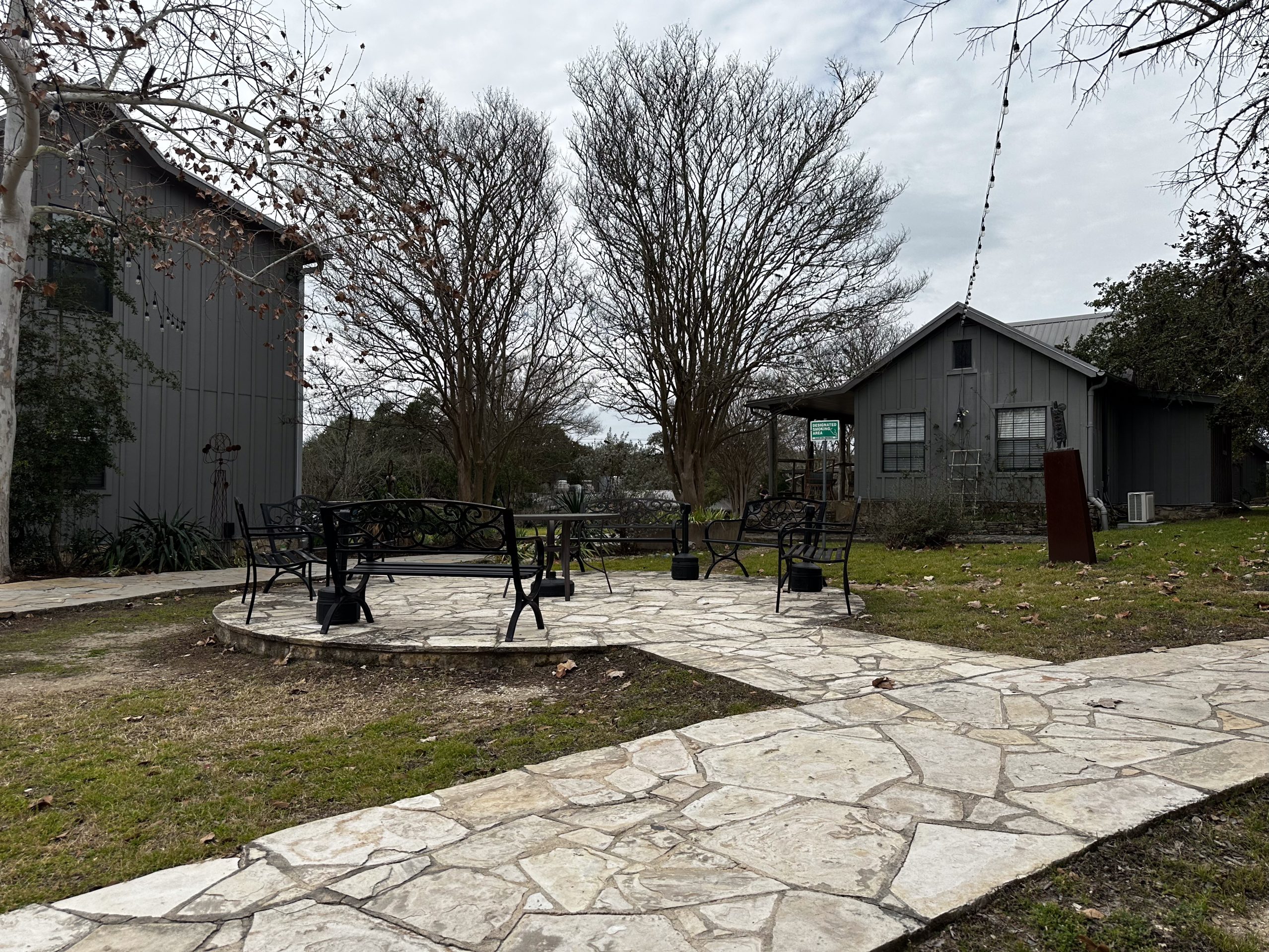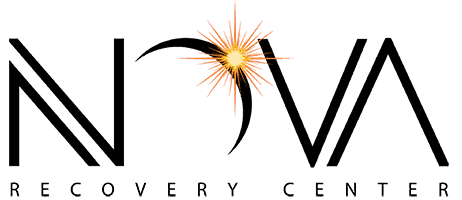Insurance Oversight Is Tightening in Addiction Rehab. Here’s What Patients and Families Should Know.
Key takeaways
- Need remains high (tens of millions with SUD; low treatment uptake). Oversight aims to push care toward appropriate levels, reduce fraud/abuse, and keep access on par with medical benefits.
- Rules are moving: parity requirements were finalized in 2024, with parts under reconsideration and non‑enforcement as of 2025; prior‑auth reforms are pledged but phased. Patients should expect documentation and review, but also faster electronic processing over time.
- Vetting programs and asking targeted questions can prevent pitfalls like patient brokering and unnecessary testing while protecting coverage.
Table of Contents
Why oversight is increasing now
Private and public payers are putting more eyes on addiction treatment. Regulators updated mental‑health‑parity rules in late 2024 to curb nonquantitative limits (like prior authorizations) that, in practice, can reduce access to care. At the same time, federal agencies announced in May 2025 that they would reconsider and temporarily not enforce parts of those 2024 rules while litigation proceeds—so some pieces are in flux.










Insurers also say they’re improving how pre‑treatment reviews work. Multiple national plans pledged in mid‑2025 to streamline prior authorization, with targets for faster, electronic decisions and partial reductions by 2026–2027.
The bigger picture—scale of need
In 2023, an estimated 48.5 million people ages 12+ had a substance use disorder (SUD). Only 14.6% of those with an SUD received treatment that year; among all people who needed SUD care, about 1 in 4 (23.6%) received any treatment. About 2.0% of people ages 12+ (≈ 5.7 million) had an opioid use disorder. These figures help explain why both access and oversight are under intense scrutiny.
How insurance oversight is changing in practice
Plans are leaning on standardized frameworks to judge the right level of care. The ASAM Criteria—a widely used standard in the U.S.—guides placement (from outpatient to residential and withdrawal management), continued stay, and transitions. Insurers frequently reference these criteria in utilization review.
Even as some prior authorization rules are being simplified, most plans still require clear, time‑specific notes that tie services to a defined medical necessity standard, especially for higher‑intensity settings like residential treatment. Expect requests for assessments, toxicology results (when clinically indicated), and therapy notes that map to the approved treatment plan. (Industry and policy reports signal tightening documentation expectations.)
Freedom Starts Here. Take Back Your Life Today.
Same-Day Admissions in Austin Available.
What regulators and prosecutors are targeting
Several states, including Florida, ban patient brokering—paying or receiving anything of value for referrals. Florida’s statute (817.505) prohibits offering or receiving commissions, rebates, or kickbacks for steering patients. Trade groups likewise bar members from these practices.
Enforcement actions have cited excessive or medically unnecessary urine drug testing and other billing abuses. In June 2025, for example, a Maine residential provider paid to settle allegations it caused false drug‑testing claims (no determination of liability). National takedown actions have also targeted alleged fraud schemes tied to substance‑abuse clinics.
What this means for patients and families
You may see more questions up front, tighter reviews for residential stays, and requests to step up or down care levels based on clinical progress. This isn’t always denial; it’s often about matching care intensity to current needs and risk.
Large insurers have pledged faster, electronic prior‑auth decisions and some category reductions by 2026–2027. Still, benefit designs and timelines vary by plan and state. Keep records of calls, submissions, and determinations.
How to vet a treatment program (a practical checklist)
Ask if they use the ASAM Criteria to assess level of care and to plan transitions. Programs that speak fluently about ASAM dimensions, level‑of‑care criteria, and discharge planning are more likely to be aligned with payer standards.
Clarify staff credentials (e.g., addiction‑medicine physicians, licensed therapists) and evidence‑based therapies (CBT, CM, medications for opioid or alcohol use disorder).
Is the program in‑network with your plan? If out‑of‑network, ask about expected allowed amounts, balance billing risk, and what prior authorization is required.
Request a sample treatment plan outline and how progress is documented to support continued stay.
How often do they test, who orders tests, and why? Tests should be clinically indicated, ordered by a provider, and used to inform care—not billed as standing, high‑frequency panels. (Enforcement actions have focused on excessive testing.)
Be cautious if you hear offers of cash, travel, or gifts to attend a program, or if a “helpline” won’t disclose its financial relationship with facilities. Patient‑brokering is illegal in several states and barred by major industry codes.
Working with your insurer—questions to ask
Which levels of care (e.g., outpatient, intensive outpatient, residential) are covered for SUD? Verify insurance benefits
What prior authorization is required, and what clinical criteria will be applied?
If the recommended facility is out‑of‑network, what are my costs and any precertification steps?
What documentation (progress notes, assessments) supports continued stay?
How often will the plan re‑review medical necessity?
If a step‑down is required, which in‑network options are available, and how is continuity of care maintained?
Ask for the specific clinical criteria used and the rationale.
Request a peer‑to‑peer review between the plan’s clinician and your treating provider.
File an appeal with supporting documentation and, when applicable, cite parity protections (even as portions of the 2024 rule are in non‑enforcement, MHPAEA’s statutory obligations still apply).
How Nova Recovery Center Can Help with Drug Addiction
Nova Recovery Center provides comprehensive, evidence-based treatment for individuals seeking lasting recovery from drug addiction. The program emphasizes a full continuum of care that begins with medically supervised detox and extends through residential treatment, intensive outpatient services, and sober living support. Each client receives an individualized treatment plan tailored to their physical, emotional, and psychological needs, ensuring every aspect of addiction is addressed.
Nova’s team of licensed clinicians, counselors, and recovery specialists use proven therapeutic methods such as cognitive behavioral therapy, 12-step facilitation, and relapse prevention education. The center’s holistic approach also integrates wellness activities, life skills training, and peer support to promote balance and long-term stability. Clients benefit from a structured environment that fosters accountability and personal growth, helping them rebuild healthy habits and relationships.
Nova Recovery Center’s supportive community reinforces motivation and provides ongoing encouragement throughout each stage of recovery. By focusing on both the underlying causes of addiction and the development of sustainable coping skills, the program empowers individuals to live fulfilling, substance-free lives. With locations throughout Texas, including Austin and Wimberley, Nova Recovery Center offers accessible, compassionate care for anyone ready to overcome addiction and reclaim their future.
Frequently Asked Questions About Drug Addiction Treatment, Rehab, and Recovery
What is drug addiction?
Drug addiction (substance use disorder) is a chronic, treatable condition that changes the brain and leads to compulsive use despite harm.
What are common signs of drug addiction?
Loss of control over use, cravings, continued use despite consequences, tolerance, and withdrawal are typical signs.
What causes addiction?
Risk stems from genetics, environment, early exposure, and co‑occurring mental health conditions; no single cause explains all cases.
How does addiction affect the brain?
Drugs dysregulate reward and self‑control circuits, making quitting hard without support.
What is medical detox?
A set of interventions—often with medical oversight—to manage acute intoxication and withdrawal safely.
Does Nova Recovery Center work with insurance?
Nova notes it works with various insurers and can verify benefits for you. Always confirm your specific coverage.
What levels of care are available?
Public listings show detox/withdrawal support, residential/inpatient, intensive outpatient (IOP), and sober living. Verify current offerings directly with Nova.
What is an IOP?
A structured, non‑residential program providing about 9–19 hours of services weekly (group, individual, psychoeducation), often as step‑down or step‑up care.
Other Drug and Alcohol Rehab Locations
Medical Disclaimer
This article is for educational purposes only and is not medical advice. It should not replace diagnosis, treatment, or guidance from a qualified clinician. Reading it does not create a doctor–patient or clinician–patient relationship. Decisions about detox, medications, and level of care should be made with a licensed professional who knows your history. Insurance rules, clinical guidelines, and regulations change and may vary by plan and state. Any discussion of coverage or authorization is general information, not legal, billing, or insurance advice; always confirm with your insurer and provider. External links are provided for convenience and do not imply endorsement, and we are not responsible for third‑party content. If you have a medical emergency, call 911 or go to the nearest emergency department. For emotional distress or a substance‑use crisis in the U.S., call or text 988 for the Suicide & Crisis Lifeline. You can also reach the SAMHSA National Helpline at 1‑800‑662‑HELP (4357) for free, confidential support.
Nova Recovery Center Editorial Guidelines
By instituting a policy, we create a standardized approach to how we create, verify, and distribute all content and resources we produce. An editorial policy helps us ensure that any material our writing and clinical team create, both online and in print, meets or exceeds our standards of integrity and accuracy. Our goal is to demonstrate our commitment to education and patient support by creating valuable resources within our realm of expertise, verifying them for accuracy, and providing relevant, respectful, and insightful data to our clients and families.
Substance Abuse and Mental Health Services Administration. (2024). Key substance use and mental health indicators in the United States: Results from the 2023 National Survey on Drug Use and Health (HHS Publication No. PEP24-07-021). https://www.samhsa.gov/data/report/2023-nsduh-annual-national-report. Accessed October 2025.
U.S. Department of Labor, Employee Benefits Security Administration. (2024, September 23). Requirements Related to the Mental Health Parity and Addiction Equity Act (Final rule). Federal Register. https://www.federalregister.gov/documents/2024/09/23/2024-20612/requirements-related-to-the-mental-health-parity-and-addiction-equity-act. Accessed October 2025.
U.S. Department of Labor. (n.d.). Statement of U.S. Departments of Labor, Health and Human Services, and the Treasury regarding enforcement of the final rule on requirements related to MHPAEA. https://www.dol.gov/agencies/ebsa/laws-and-regulations/laws/mental-health-parity/statement-regarding-enforcement-of-the-final-rule-on-requirements-related-to-mhpaea. Accessed October 2025.
United States Department of Justice. (2024, July 25). Substance use disorder treatment clinics to pay more to resolve allegations they knowingly submitted false claims. https://www.justice.gov/archives/opa/pr/substance-use-disorder-treatment-clinics-pay-more-850000-resolve-allegations-they-knowingly. Accessed October 2025.
Association for Addiction Medicine. (2024). Public policy statement: Government strategies to foster ethical addiction treatment. https://downloads.asam.org/sitefinity-production-blobs/docs/default-source/public-policy-statements/final-pps-on-government-strategies-to-foster-ethical-addiction-treatment.pdf. Accessed October 2025.


